So you have to feel a little sorry for this this creature. The exception to the rule. The dog that never had its day. The wallflower that had no wall to flower on. APS film was the development (don't excuse the pun, it was quite deliberate) that no-one really wanted. The film giants kept making film smaller and more 'convenient'. In other words, more crap. We jumped from glorious medium format in 120 and 620 (or the less medium format but still generous, 127) down to instamatic 126 at consumer level, broadly the same size as 35mm and ok, so the lenses were generally very soft and the viewfinders off centre leading to millions, of not billions, or photos of our better halves and kids hanging off the edge of the frame, but the quality was acceptable. Then some bright spark decided to make the negatives even smaller so the cameras could go in our pockets and birthed us 110 film, with grainy pictures that couldn't be enlarged much before the whole thing became a multi-coloured snowy mess, and then what did they do? Made it even smaller because of 'advances' in film emulsion and came up with the even more insulting disc film, with each negative the size of a little fingernail and grain the size of asteroids. You'd think they'd have learnt their lesson when all these formats were resolutely abandoned in favour of 35mm which was more versatile, lent itself to a wider range of cameras and packed more pictures per film. But no, despite the fact that digital was already on a pathway attracting a lot of early fanfare, it was agreed to make a film format that would revolutionise photography by putting a chip in each film and lift it out of the darkroom ages and into the modern age. Oh, and make the negatives smaller as well. Just what we needed. Less quality. But smaller negatives mean smaller cameras mean a smaller payload to carry around. And if you're carrying a camera (back in the days before we all had cameras in our phones) you're buying and developing film and making money for the consumer film ecosystem.
So what sets this vanished film format apart and why did it fail? Its probably fair to say that it did all the things it should have done, but did it ten years too late to make any headway. The film allowed for data to be entered which allowed you to pre-order multiple copies when you took the individual photo. You could also title the pictures and the info would be printed on the back. There was even a set of ready made titles for you to save laboriously entering info yourself. You could print time and date data onto the photo or the reverse so it didn't mess up or the picture, or both. Most revolutionary of all, you could decide the shape of your pictures, opting between the classic ratio of a 35mm camera, a wider picture with a 16:9 ratio, the same as the newly available widescreen televisions which were just coming to market, or an even wider panoramic image, which was equivalent to 4"x11" image compared to a 35mm 4"x6". Film sizes came in lengths of 25 or 40 exposures, though how many you actually got depended on how much you chopped and changed between ratios because obviously the film came in a fixed physical length. There was no faffing about with leaders, the film cannister was a sealed unit that wound the film as soon as you closed the film slot and the negatives were returned in the same cannister with an index card so they remained dust and scratch free, ready for flawless copies. So, apart from the smaller negative and therefore reduced image quality, it was a format that was ready to make a huge jump in useability for consumers. No more spoilt films. No more scratched negatives. No more faff. Ordering as you go. What a joy it was going to be. A whole range of cameras was in development, at one end of the scale plastic fantastics like the cheap £25 Kodak I had at the time for a work trip to Italy when I suffered a burglary and was left without a camera to take with me while I waited for the insurance to settle. At the other end Canon and Nikon produced a range of high end SLR's that came with quality optics and could make the most of the 56% of 35mm size negatives. They weren't cheap though. The Canon EOS IX7, in the header pic, cost about £350 at the time it came out in 1998, which is £650 in 2023 terms. You needed to be really invested in the format to spend that kind of money when the same outlay got you a vastly superior 35mm SLR.
Still, it was kind of exciting for a while. Had this film arrived in the 80's it would have been revolutionary but the first quality digital cameras were only a couple of years away so APS was like a caterpillar that never quite got the chance to be a butterfly. I wasn't terribly impressed myself, though in hindsight I was working with a very limited camera. I only ever shot four rolls of film with that plastic fantastic Kodak Advantix. The pictures were soft and well, the camera was rubbish. But some years later the photos were scanned professionally and I was pleasantly surprised. My work trip to Italy was followed a few days later by one to Norway, most of which was spent locked in meetings in the darkest of November days, buffeted by storms in Oslo, but I had a few hours to kill before I left for the airport to come home and the sun emerged, so I went for a walk with the camera in the grounds of the city's famous fortress with my plastic friend and it turns out it was more adept at capturing some nice pictures than I thought. The pic below shows just how well Kodak and the consortium of film and camera manufacturers had thought things through. The potential is plain to see, if you can get a really well exposed picture in complicated light like this on a really basic camera with a simple 3-element lens, then imagine the results with a top flight camera. It should've been a winning format. I got back from Norway, my insurance was settled, I got a 'proper' camera again and gave away my little Kodak without a thought. I wish I'd held onto it now.
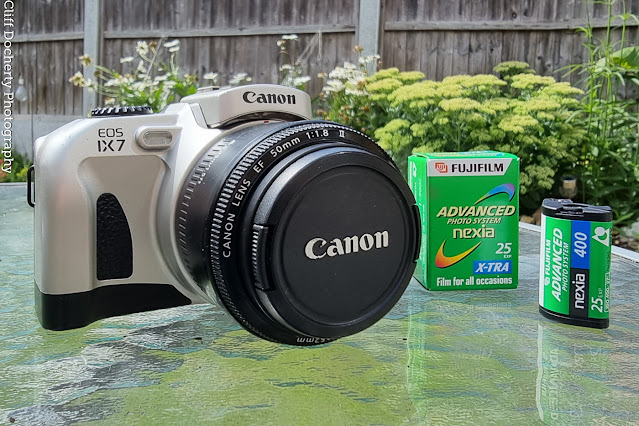
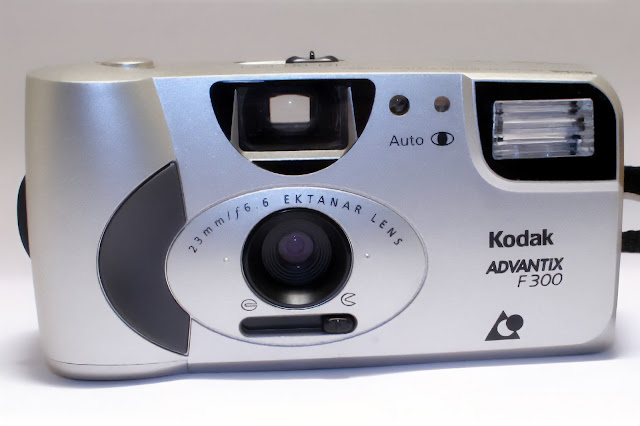
-Edit.jpg)
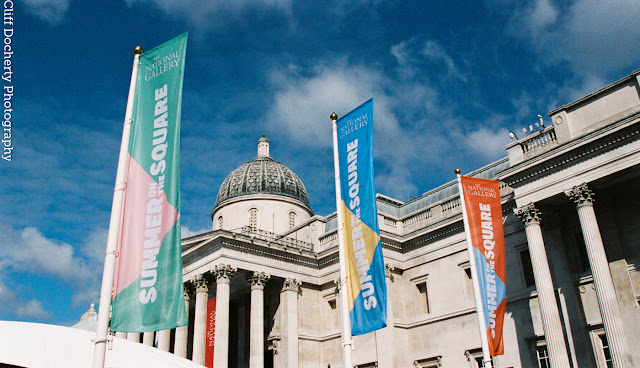
-Edit.jpg)
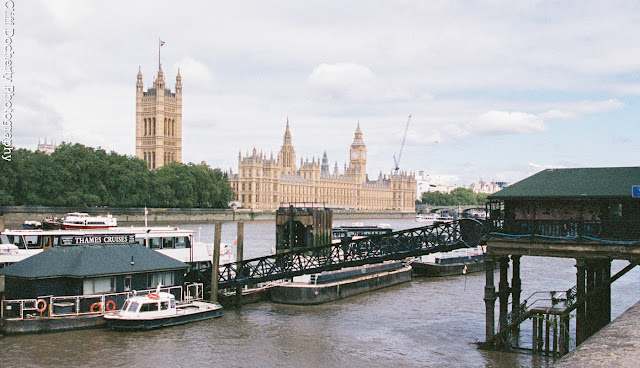
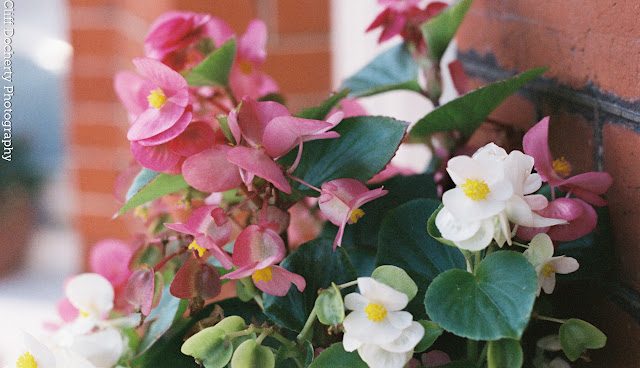
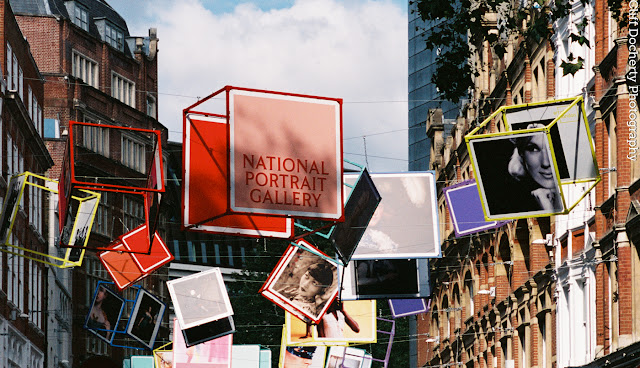
Comments
Post a Comment